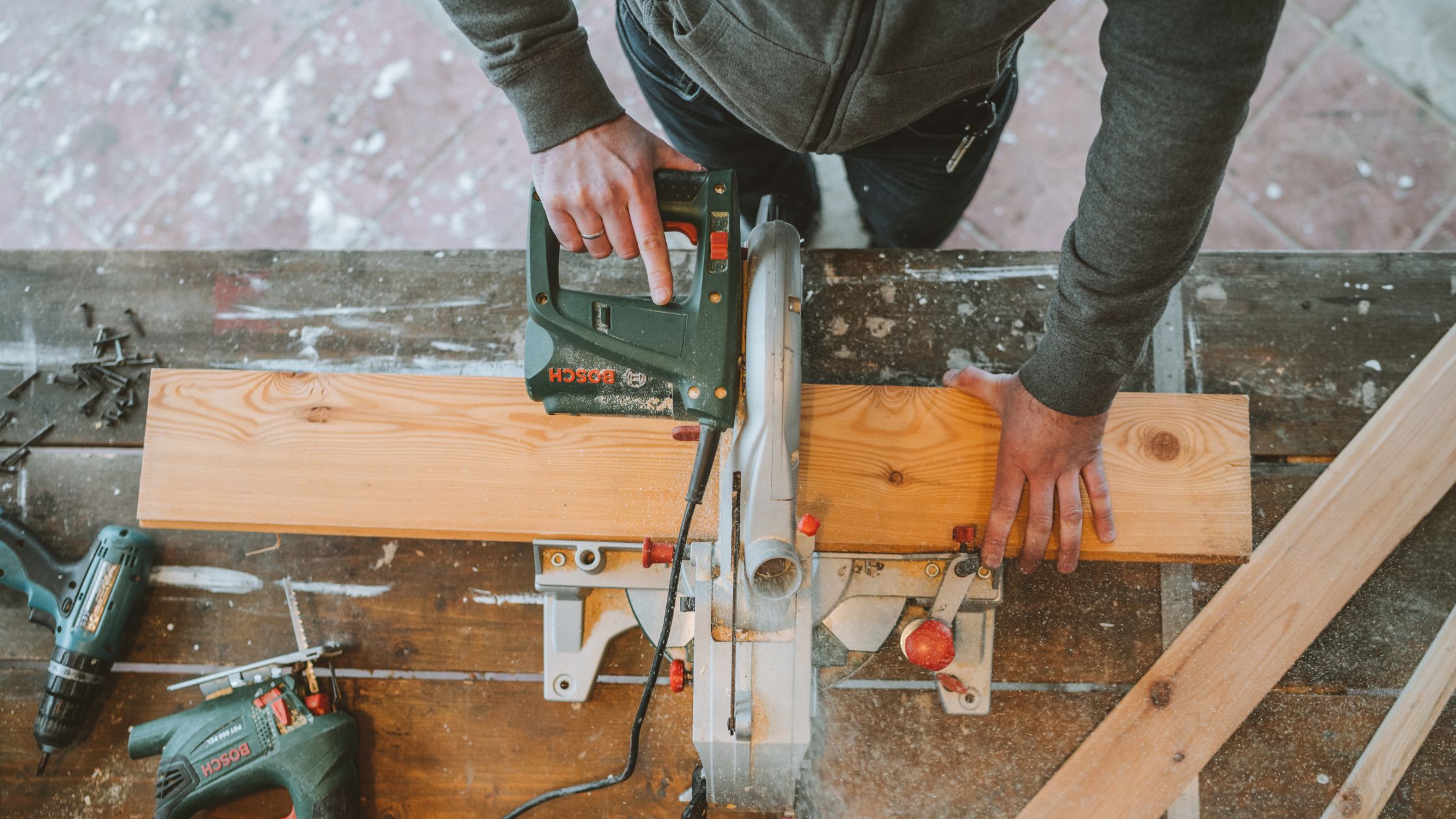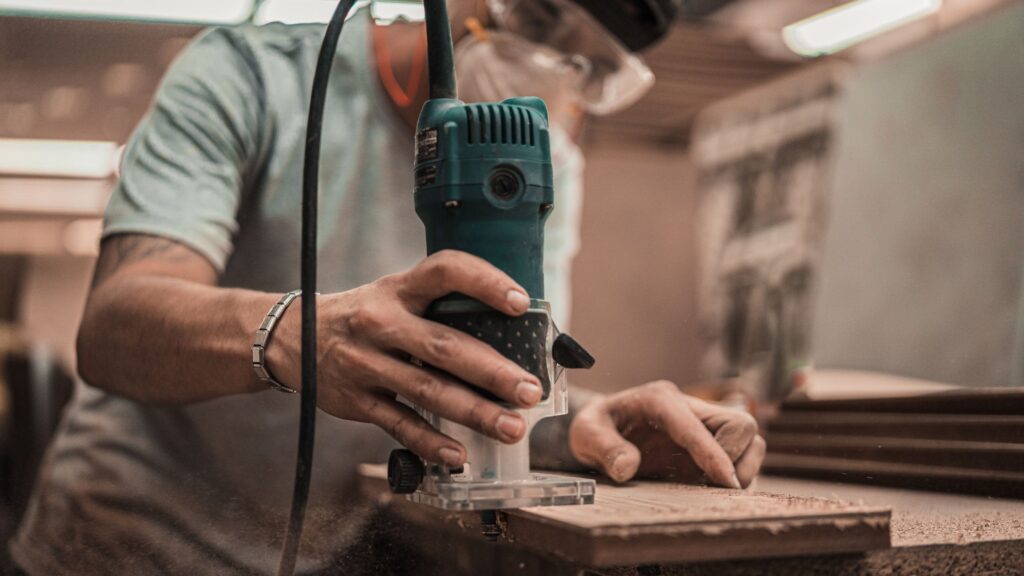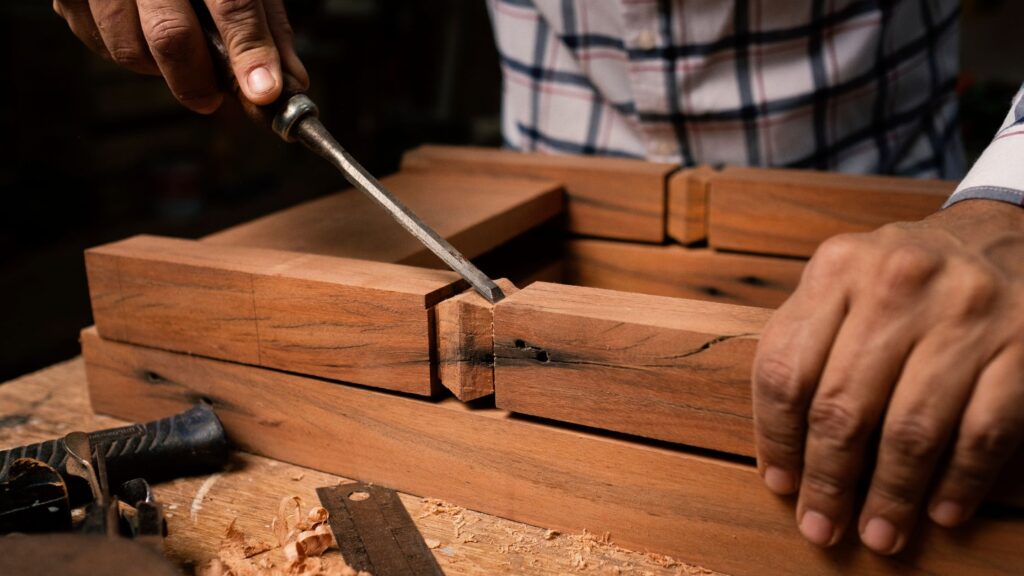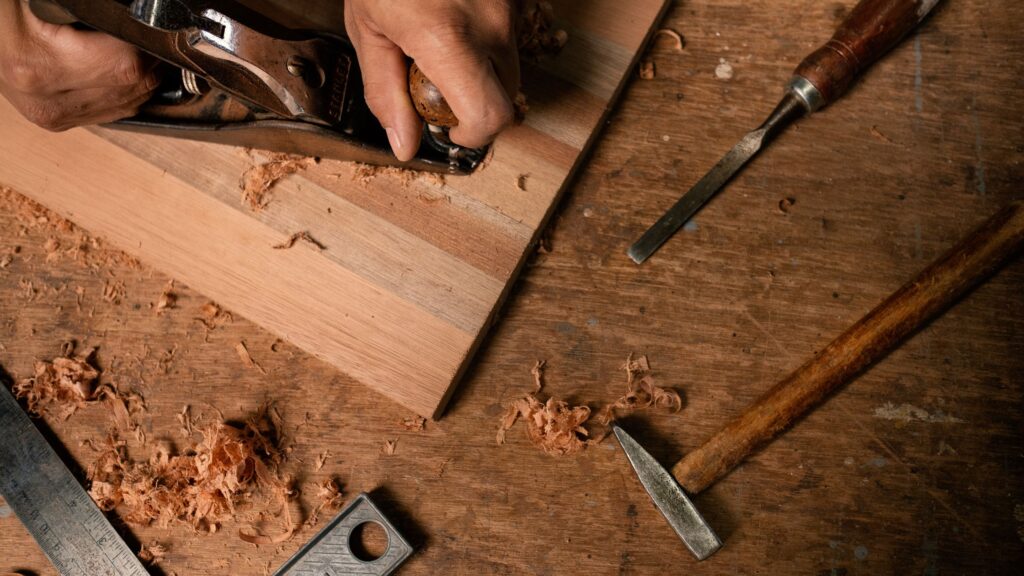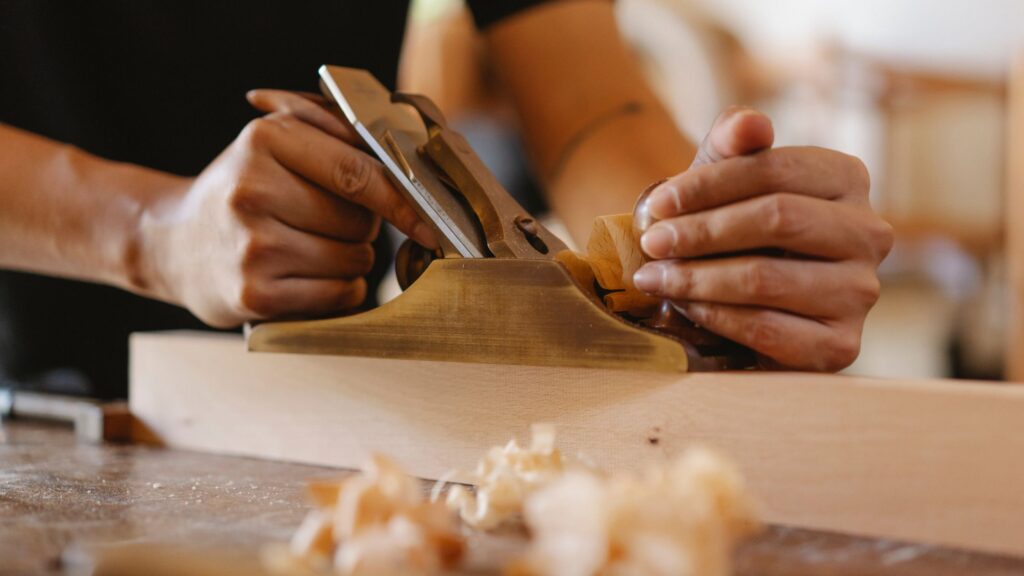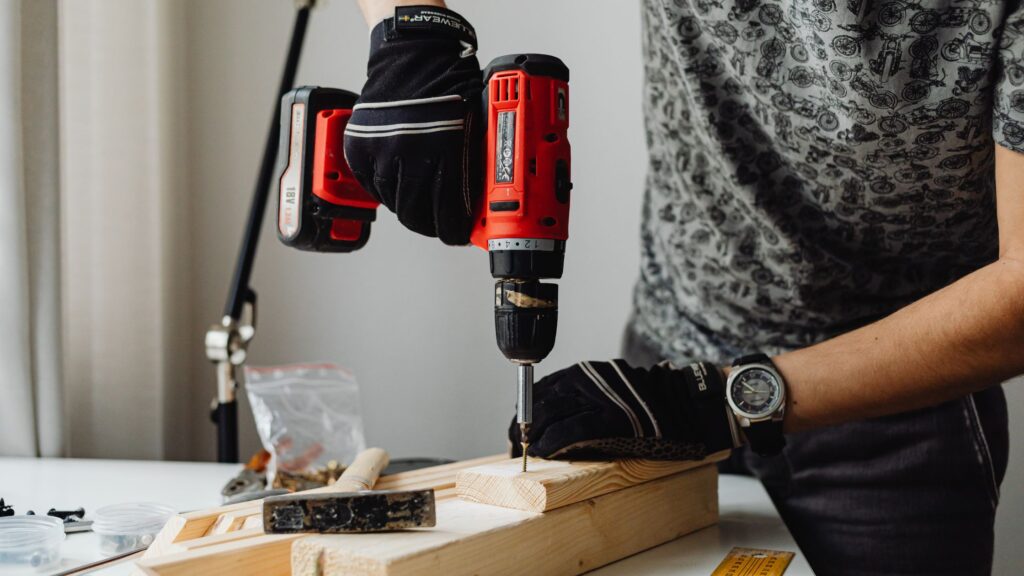Especially in the case of woodworking, being a combination of precise measuring and creativity means what tools utilized will probably make or break your unique band. If you consider woodworking as a way to express your creativity, the choice of hand tools is not just about functionality—it’s an important step in becoming good at it. Knowing the importance of having premium quality woodworking hand tools if you are a professional or enthusiast hobbyist is an absolute necessity, when it come to detailing and finish that separates your work from others.
We take a deep dive into fine art woodworking in this guide, shedding light on the essential hand tools that should be part of every craftsman’s repertoire. Whether you are looking to carve with precision chisels or smooth out your project more efficiently using planes, we will help guide you through all the basics on what to buy and not so that hopefully over time everything falls into place for which woodworking can now be an art. Help us reveal the secrets of mastering fine art woodworking with only the best hand tools on offer!
Read Also: 4 Best Wood Working Tools Based on Professional’s Guide
The Basic Facts of Fine Art Woodworking Tools

The level of accuracy and craftsmanship in fine art woodworking are typically greater than what is demanded for general carpentry work. Your tools can have a massive difference in the quality of your output. We will dive in into the required sections for good quality hand tools that you must consider if you are a fine art woodworker.
Chisels: The Foundation of Fine Woodworking
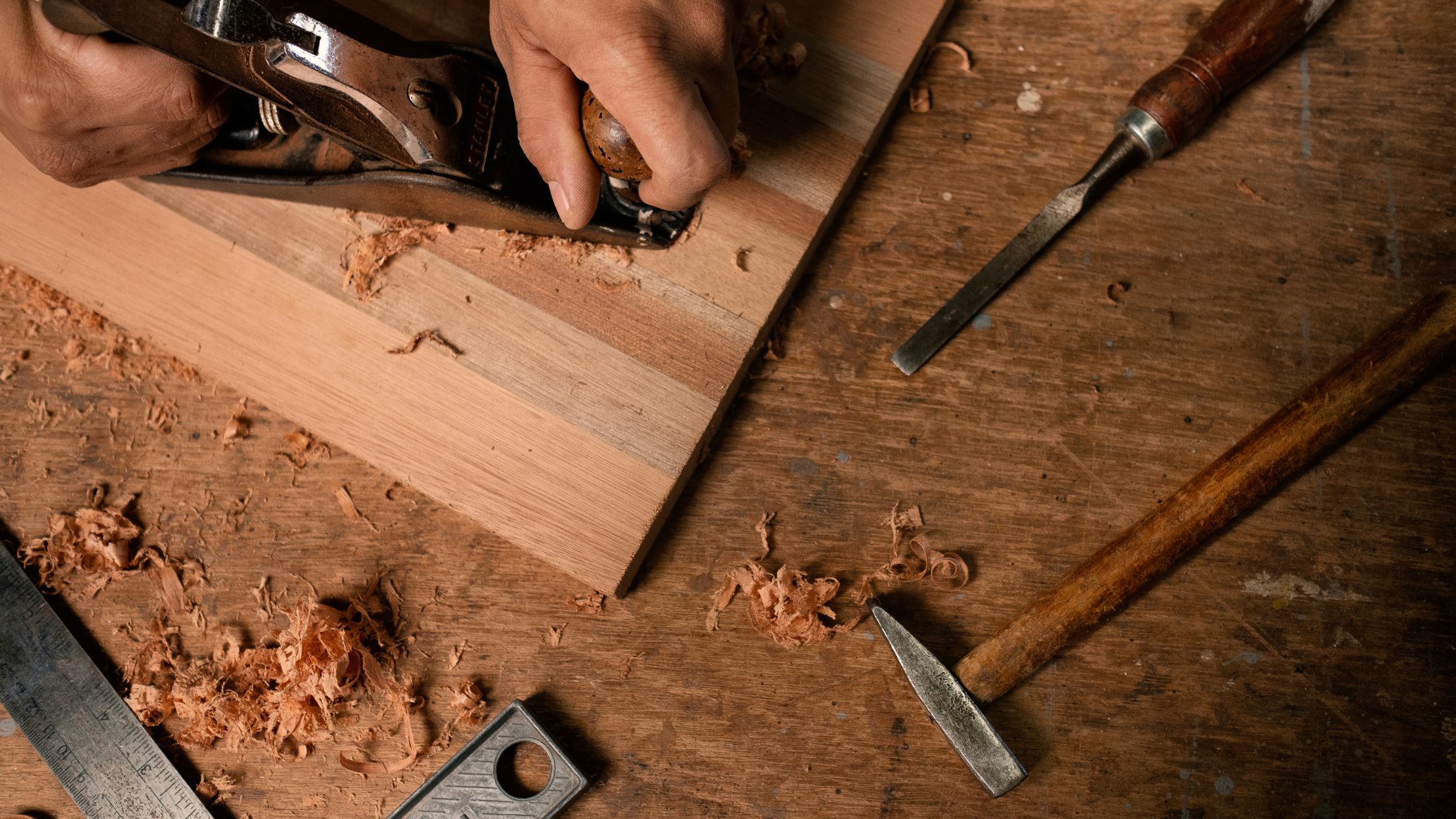
Chisels are perhaps the most versatile and indispensable of all woodworking tools. This medium enables fine detailing, shaping and carving which is essential in making such a delicate item.
Categories of Chisels You Will Need
- Bench Chisels: Great for everyday tasks this is the first chisel you take out of your tools to get anything from chopping joints to simple paring.
- Mortise Chisels — designed to be hit with a mallet and capable of squeezing into tight area such as deep, narrow mortises.
- Paring Chisels — For more generic (delicate) and intricate work with the thin blades designed for delicate shaving of wood, ideal for joints.
- Japanese Chisels: Specifically identified for its ultra-sharpness and edge life, Japanese chisels are the preferred choice of woodworkers when finesse is required.
Insider Tips on Choosing the Right Chisel
- Chisel Blade Material: High-carbon steel is the ideal material for blade strength and a sharp edge.
- Comfort in the Handles — Wood vs. Synthetic-material handles are personal preference; select one that is easy for you to use.
- Sharpening: Make sure your chisels can be sharpened easily to keep it sharp.
Hand Planes: Flattening and Precision ShapingResponseBody

Hand planes are essential for finishing surfaces, reducing thicknesses and planing wood in to shape. The right hand plane can make a marked difference between the quality of your finished product and most any other tool.
Essential Fine Art Woodworking Hand Planes
- Block Plane — As the name implies this is typically a small plane used to trim and shape edges.
- Jack Plane: This is a general-purpose plane and it can be used to flatten boards.
- Smoothing Plane — used as the final finished plane to smooth all surfaces.
- Shoulder Plane -A shoulder plane (like the Lie Nielsen image above) does exactly what it says on the tin, trims up tenon shoulders…. You need one of these to get good tight joinery.
How to use Hand Planes correctly
- Changing Blade Setting: Change the setting of blade depth with regard to cutting — surface cuts ought to be shallow wiles rough work, deep blades.
- Body Material–Look for cast iron or bronze body planers, which are very long-lasting and stable.
- Sharpening the Series: Regularly sharpen your blade to create a clean and precise cut.
Saws – Precision Cutters for Finer Woodworking
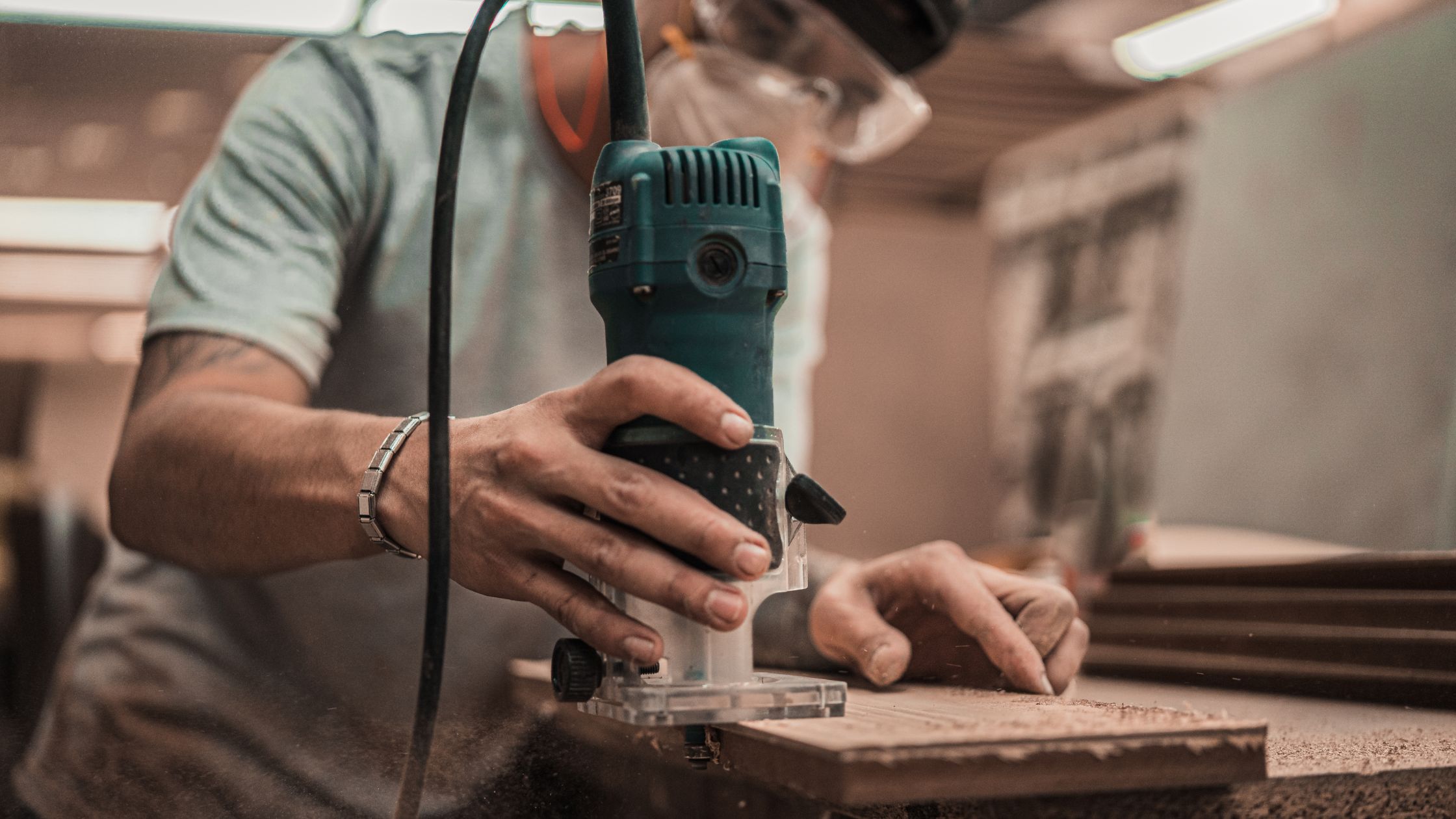
One of the understanding and first skills in fine art woodworking is being skilled at cutting wood with precision. The saw that you will use also has a big impact on the quality of your cuts.
Essential Saws for Fine Woodworking
- Dovetail Saw: Best for cutting dovetails and other fine joints, with its thin blade and small teeth.
- That is where the coping saw comes in with its thin blade which can be easily turned for intracies and curves.
- Japanese Pull Saw (cut on the pull stroke, thin and flexible blade makes for very accurate cuts.
How to become a professional in wood sawing
- Sawing Techniques: Carefully & steadily saw so that you create a straight line for the cleanest cut possible.
- Tooth Count: A higher tooth count makes finer cuts, which are vital for detail work.
- Grip and Comfort: Go for a saw that comes with an ergonomically designed handle to fit perfectly in your hand when using it, especially during long hours.
Specialty Tools Upping Your Woodworking Game
There are also specialty tools to take your fine art woodworking beyond the basics. Use these tools to take on more advanced precision and creativity in your work.
Specialty Tools Worthy of Mention
- Spokeshave, used for shaping and smoothing curved surfaces (eg chair legs & spindles)
- Marking Gauge — This basic marking tool is crucial to creating tight and evenly spaced joinery.
- Scraper: These are sharpened by hand to leave a glass smooth finish, often needed in challenging grain pattern areas.
- Carving Knives: These knives are perfect for fine detailing and allow you the control to create complex beautiful carvings.
Caring for Your Tools: Maintenance & Longevity
Good woodworking tools cost money and care needs to be taken when using them in order to ensure a long life of good service.
Tool Maintenance Tips
- Frequent Sharpening: A sharpened blade or edge allows for accuracy and functionality.
- Corrosion Prevention: Keep your tools in a dry location and apply rust preventers / oils.
- Handle Care: Wooden handles – untreated with linseed oil -may dry and crack over time. Apply linseed oil to wooden knife handles periodically.
- Stores correctly: Keep your tools in order and protected from being harmed using toolboxes or racks.
A dedicated fine art woodworker must pay as much attention to selecting tools and the 5 gems above are very high adjustment process. These high-quality hand tools in certainly help make even the most intricate and demanding DIY project easier. The biggest factor affecting the quality of your woodworking is going to be your tools, and how well you take care of them. Investing in the best is a reflection of Fine Art.
